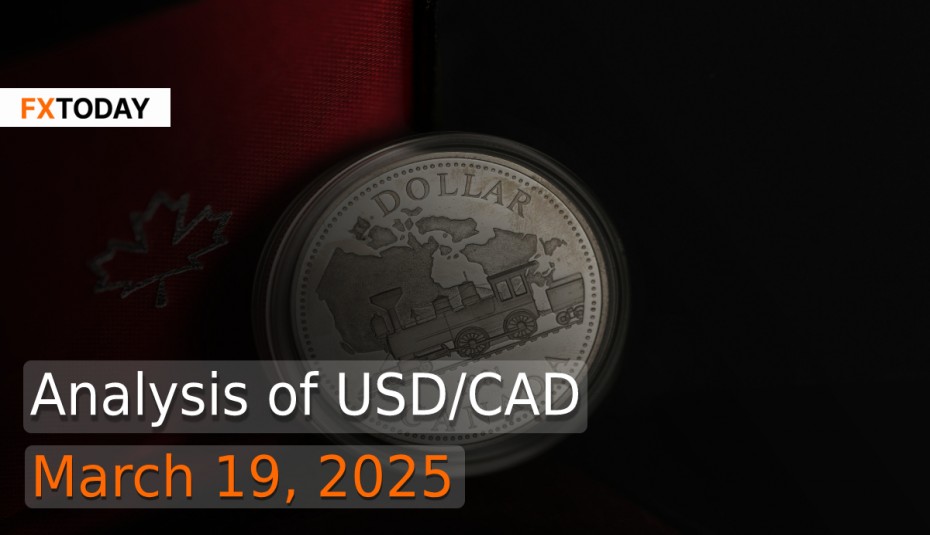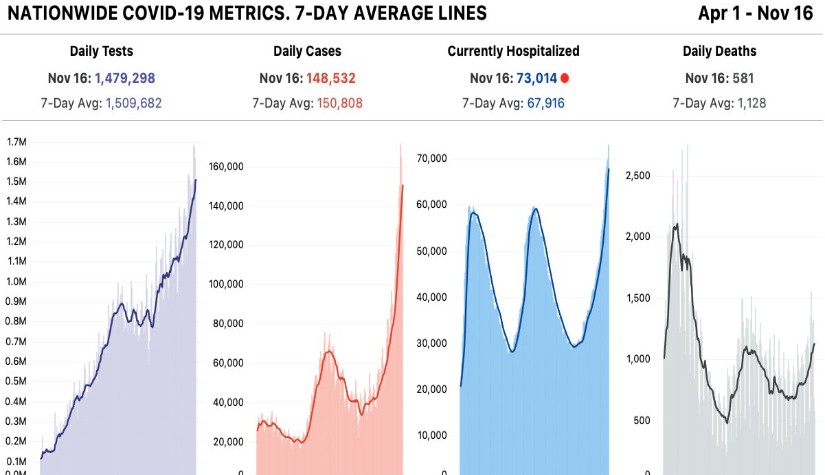U.S. Tariffs Weigh on Canadian Markets More Than Election
A recent report by Capital Economics highlights that U.S. tariffs pose a greater threat to Canadian markets than the upcoming election, with monetary policy playing a crucial role in mitigating the impact. Market expectations for terminal rates have declined more in the U.S. than in Canada due to weaker U.S. economic data and stronger Canadian growth. Prime Minister Mark Carney and opposition leader Pierre Poilievre are expected to adopt pro-business policies to counter Trump’s tariffs, limiting the election’s market impact.
Canada’s inflation unexpectedly rose to 2.6% in February, exceeding forecasts due to a temporary tax break’s expiration, complicating the BoC’s rate-cutting plans. The Canadian dollar strengthened slightly, and two-year bond yields climbed as markets bet on a pause in rate cuts. Analysts warn tariffs could push inflation higher, forcing the BoC to tread cautiously.
Meanwhile, Canadian home sales dropped 9.8% in February, the steepest decline since May 2022, as trade uncertainty weighed on demand. The BoC recently cut its policy rate to 2.75%, its seventh consecutive reduction, but expects economic growth to slow further in Q2 due to trade tensions. Financial institutions like BofA Securities and BCA Research anticipate further rate cuts, with terminal rates potentially falling to 2.0% by year-end.
In the U.S., the dollar edged lower ahead of the Federal Reserve meeting. The greenback remains under pressure as Trump’s tariffs raise concerns over economic growth. February retail sales rose just 0.2%, missing expectations. The Fed is expected to hold rates steady, with analysts warning that inflation expectations could limit future rate cuts.
U.S. manufacturing saw an unexpected 0.9% rise in February, driven by strong vehicle production, but tariffs remain a headwind. J.P. Morgan economists noted that past tariffs failed to deliver sustained manufacturing gains. Business inventories rebounded, supporting Q1 growth, but the housing sector struggled as homebuilder sentiment hit a seven-month low in March. Rising construction costs from tariffs continue to weigh on housing and manufacturing, reflecting broader economic uncertainty amid trade policy shifts.
As a result, the USD/CAD exchange rate is expected to weaken further, reaching 1.50 by year-end, as diverging monetary policies and trade tensions shape market dynamics. Given these factors, USD/CAD is expected to face continued volatility, with near-term fluctuations driven by Federal Reserve guidance, Canadian economic performance, and geopolitical developments.
Data for Technical Analysis (30Min) CFD USD/CAD
Resistance : 1.4314, 1.4317, 1.4321
Support : 1.4306, 1.4303, 1.4299
30Min Outlook
Source: TradingView
Buy/Long 1 If the support at the price range 1.4298 - 1.4306 is touched, but the support at 1.4306 cannot be broken, the TP may be set around 1.4317 and the SL around 1.4294, or up to the risk appetite.
Buy/Long 2 If the resistance can be broken at the price range of 1.4314 - 1.4324, TP may be set around 1.4328 and SL around 1.4302, or up to the risk appetite.
Sell/Short 1 If the resistance at the price range 1.4314 - 1.4324 is touched, but the resistance 1.4314 cannot be broken, the TP may be set around 1.4306 and the SL around 1.4328, or up to the risk appetite.
Sell/Short 2 If the support can be broken at the price range of 1.4298 - 1.4306, TP may be set around 1.4294 and SL around 1.4318, or up to the risk appetite.
Pivot Points Mar 19, 2025 03:42AM GMT
|
Name
|
S3
|
S2
|
S1
|
Pivot Points
|
R1
|
R2
|
R3
|
|---|---|---|---|---|---|---|---|
| Classic | 1.4295 | 1.4299 | 1.4306 | 1.431 | 1.4317 | 1.4321 | 1.4328 |
| Fibonacci | 1.4299 | 1.4303 | 1.4306 | 1.431 | 1.4314 | 1.4317 | 1.4321 |
| Camarilla | 1.4309 | 1.431 | 1.4311 | 1.431 | 1.4313 | 1.4314 | 1.4315 |
| Woodie's | 1.4295 | 1.4299 | 1.4306 | 1.431 | 1.4317 | 1.4321 | 1.4328 |
| DeMark's | - | - | 1.4308 | 1.4311 | 1.4319 | - | - |
Sources: Investing 1, Investing 2
















